12.17: Mammal Structure and Function
- Page ID
- 13253
\( \newcommand{\vecs}[1]{\overset { \scriptstyle \rightharpoonup} {\mathbf{#1}} } \)
\( \newcommand{\vecd}[1]{\overset{-\!-\!\rightharpoonup}{\vphantom{a}\smash {#1}}} \)
\( \newcommand{\dsum}{\displaystyle\sum\limits} \)
\( \newcommand{\dint}{\displaystyle\int\limits} \)
\( \newcommand{\dlim}{\displaystyle\lim\limits} \)
\( \newcommand{\id}{\mathrm{id}}\) \( \newcommand{\Span}{\mathrm{span}}\)
( \newcommand{\kernel}{\mathrm{null}\,}\) \( \newcommand{\range}{\mathrm{range}\,}\)
\( \newcommand{\RealPart}{\mathrm{Re}}\) \( \newcommand{\ImaginaryPart}{\mathrm{Im}}\)
\( \newcommand{\Argument}{\mathrm{Arg}}\) \( \newcommand{\norm}[1]{\| #1 \|}\)
\( \newcommand{\inner}[2]{\langle #1, #2 \rangle}\)
\( \newcommand{\Span}{\mathrm{span}}\)
\( \newcommand{\id}{\mathrm{id}}\)
\( \newcommand{\Span}{\mathrm{span}}\)
\( \newcommand{\kernel}{\mathrm{null}\,}\)
\( \newcommand{\range}{\mathrm{range}\,}\)
\( \newcommand{\RealPart}{\mathrm{Re}}\)
\( \newcommand{\ImaginaryPart}{\mathrm{Im}}\)
\( \newcommand{\Argument}{\mathrm{Arg}}\)
\( \newcommand{\norm}[1]{\| #1 \|}\)
\( \newcommand{\inner}[2]{\langle #1, #2 \rangle}\)
\( \newcommand{\Span}{\mathrm{span}}\) \( \newcommand{\AA}{\unicode[.8,0]{x212B}}\)
\( \newcommand{\vectorA}[1]{\vec{#1}} % arrow\)
\( \newcommand{\vectorAt}[1]{\vec{\text{#1}}} % arrow\)
\( \newcommand{\vectorB}[1]{\overset { \scriptstyle \rightharpoonup} {\mathbf{#1}} } \)
\( \newcommand{\vectorC}[1]{\textbf{#1}} \)
\( \newcommand{\vectorD}[1]{\overrightarrow{#1}} \)
\( \newcommand{\vectorDt}[1]{\overrightarrow{\text{#1}}} \)
\( \newcommand{\vectE}[1]{\overset{-\!-\!\rightharpoonup}{\vphantom{a}\smash{\mathbf {#1}}}} \)
\( \newcommand{\vecs}[1]{\overset { \scriptstyle \rightharpoonup} {\mathbf{#1}} } \)
\( \newcommand{\vecd}[1]{\overset{-\!-\!\rightharpoonup}{\vphantom{a}\smash {#1}}} \)
\(\newcommand{\avec}{\mathbf a}\) \(\newcommand{\bvec}{\mathbf b}\) \(\newcommand{\cvec}{\mathbf c}\) \(\newcommand{\dvec}{\mathbf d}\) \(\newcommand{\dtil}{\widetilde{\mathbf d}}\) \(\newcommand{\evec}{\mathbf e}\) \(\newcommand{\fvec}{\mathbf f}\) \(\newcommand{\nvec}{\mathbf n}\) \(\newcommand{\pvec}{\mathbf p}\) \(\newcommand{\qvec}{\mathbf q}\) \(\newcommand{\svec}{\mathbf s}\) \(\newcommand{\tvec}{\mathbf t}\) \(\newcommand{\uvec}{\mathbf u}\) \(\newcommand{\vvec}{\mathbf v}\) \(\newcommand{\wvec}{\mathbf w}\) \(\newcommand{\xvec}{\mathbf x}\) \(\newcommand{\yvec}{\mathbf y}\) \(\newcommand{\zvec}{\mathbf z}\) \(\newcommand{\rvec}{\mathbf r}\) \(\newcommand{\mvec}{\mathbf m}\) \(\newcommand{\zerovec}{\mathbf 0}\) \(\newcommand{\onevec}{\mathbf 1}\) \(\newcommand{\real}{\mathbb R}\) \(\newcommand{\twovec}[2]{\left[\begin{array}{r}#1 \\ #2 \end{array}\right]}\) \(\newcommand{\ctwovec}[2]{\left[\begin{array}{c}#1 \\ #2 \end{array}\right]}\) \(\newcommand{\threevec}[3]{\left[\begin{array}{r}#1 \\ #2 \\ #3 \end{array}\right]}\) \(\newcommand{\cthreevec}[3]{\left[\begin{array}{c}#1 \\ #2 \\ #3 \end{array}\right]}\) \(\newcommand{\fourvec}[4]{\left[\begin{array}{r}#1 \\ #2 \\ #3 \\ #4 \end{array}\right]}\) \(\newcommand{\cfourvec}[4]{\left[\begin{array}{c}#1 \\ #2 \\ #3 \\ #4 \end{array}\right]}\) \(\newcommand{\fivevec}[5]{\left[\begin{array}{r}#1 \\ #2 \\ #3 \\ #4 \\ #5 \\ \end{array}\right]}\) \(\newcommand{\cfivevec}[5]{\left[\begin{array}{c}#1 \\ #2 \\ #3 \\ #4 \\ #5 \\ \end{array}\right]}\) \(\newcommand{\mattwo}[4]{\left[\begin{array}{rr}#1 \amp #2 \\ #3 \amp #4 \\ \end{array}\right]}\) \(\newcommand{\laspan}[1]{\text{Span}\{#1\}}\) \(\newcommand{\bcal}{\cal B}\) \(\newcommand{\ccal}{\cal C}\) \(\newcommand{\scal}{\cal S}\) \(\newcommand{\wcal}{\cal W}\) \(\newcommand{\ecal}{\cal E}\) \(\newcommand{\coords}[2]{\left\{#1\right\}_{#2}}\) \(\newcommand{\gray}[1]{\color{gray}{#1}}\) \(\newcommand{\lgray}[1]{\color{lightgray}{#1}}\) \(\newcommand{\rank}{\operatorname{rank}}\) \(\newcommand{\row}{\text{Row}}\) \(\newcommand{\col}{\text{Col}}\) \(\renewcommand{\row}{\text{Row}}\) \(\newcommand{\nul}{\text{Nul}}\) \(\newcommand{\var}{\text{Var}}\) \(\newcommand{\corr}{\text{corr}}\) \(\newcommand{\len}[1]{\left|#1\right|}\) \(\newcommand{\bbar}{\overline{\bvec}}\) \(\newcommand{\bhat}{\widehat{\bvec}}\) \(\newcommand{\bperp}{\bvec^\perp}\) \(\newcommand{\xhat}{\widehat{\xvec}}\) \(\newcommand{\vhat}{\widehat{\vvec}}\) \(\newcommand{\uhat}{\widehat{\uvec}}\) \(\newcommand{\what}{\widehat{\wvec}}\) \(\newcommand{\Sighat}{\widehat{\Sigma}}\) \(\newcommand{\lt}{<}\) \(\newcommand{\gt}{>}\) \(\newcommand{\amp}{&}\) \(\definecolor{fillinmathshade}{gray}{0.9}\)
Does this mammal breathe like all other mammals?
Essentially, yes it does. A whale is a mammal, so it has a pair of lungs, not gills like fish. As shown here, whales take oxygen out of the air, not out of water.
Eating and Digesting Food
Maintaining a high metabolic rate takes a lot of energy. The energy must come from food. Therefore, mammals need a nutritious and plentiful diet. The diets of mammals are diverse. Except for leaf litter and wood, almost any kind of organic matter may be eaten by mammals.
Some mammals are strictly herbivores or strictly carnivores. However, most mammals will eat other foods if necessary. Some mammals are omnivores. They routinely eat a variety of both plant and animal foods. Most mammals also feed on a variety of other species. The few exceptions include koalas, which feed only on eucalyptus plants, and giant pandas, which feed only on bamboo. Types of mammalian diets and examples of mammals that eat them are given in Table below. How would you classify your own diet?
| Type of Diet | Foods Eaten | Examples of Mammals with this Type of Diet |
|---|---|---|
| herbivorous diet: plants | leaves, grasses, shoots, stems, roots, tubers, seeds, nuts, fruits, bark, conifer needles, flowers |
rabbit, mouse, sea cow, horse, goat, elephant, zebra, giraffe, deer, elk, hippopotamus, kangaroo, monkey 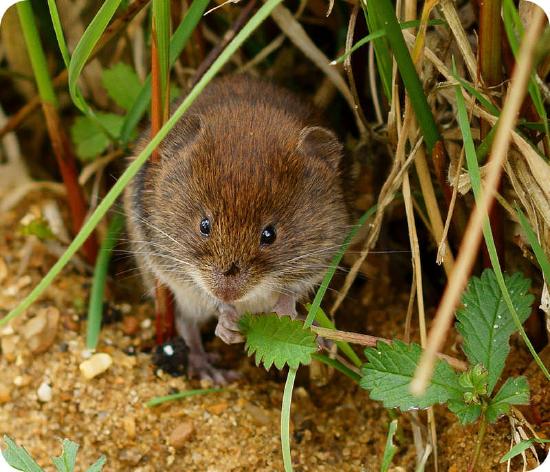 |
| carnivorous diet: animals | other mammals, birds, reptiles, amphibians, fish, mollusks, worms, insects |
aardvark, anteater, whale, hyena, dog, jackal, dolphin, wolf, weasel, seal, walrus, cat, otter, mole 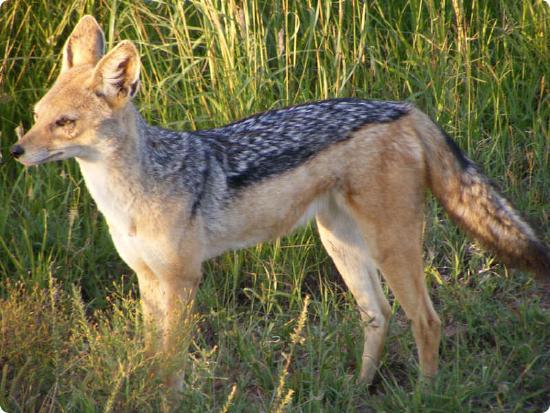 |
| omnivorous diet: plants and animals | any of the foods eaten in herbivorous and carnivorous diets |
bear, badger, mongoose, fox, raccoon, human, rat, chimpanzee, pig 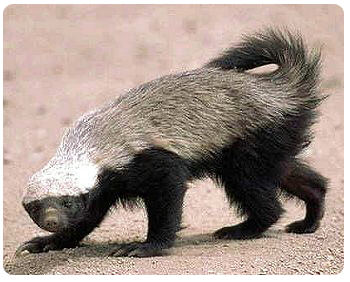 |
Different diets require different types of digestive systems. Mammals that eat a carnivorous diet generally have a relatively simple digestive system. Their food consists mainly of proteins and fats that are easily and quickly digested. Herbivorous mammals, on the other hand, tend to have a more complicated digestive system. Complex plant carbohydrates such as cellulose are more difficult to digest. Some herbivores have more than one stomach. The stomachs store and slowly digest plant foods.
Mammalian teeth are also important for digestion. Mammals have four different types of teeth. The teeth of other vertebrates, in contrast, are all alike. The four types of teeth are specialized for different feeding functions, as shown in Figure below. Together, the four types of teeth can cut, tear, and grind food. This makes food easier and quicker to digest.
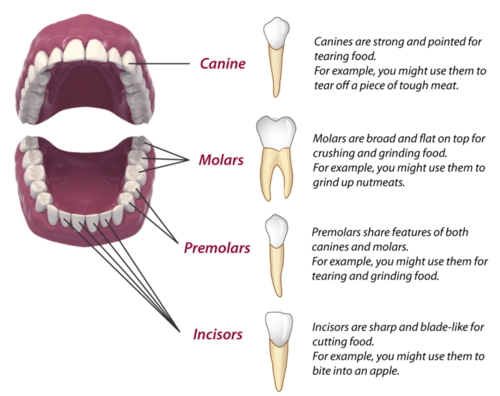
Mammalian Teeth (Human). With their different types of teeth, mammals can eat a wide range of foods.
Lungs and Heart of Mammals
Keeping the rate of metabolism high takes a constant and plentiful supply of oxygen. That’s because cellular respiration, which produces energy, requires oxygen. The lungs and heart of mammals are adapted to meet their oxygen needs.
The lungs of mammals are unique in having alveoli. These are tiny, sac-like structures. Each alveolus is surrounded by a network of very small blood vessels (see Figure below). Because there are millions of alveoli in each lung, they greatly increase the surface area for gas exchange between the lungs and bloodstream. Human lungs, for example, contain about 300 million alveoli. They give the lungs a total surface area for gas exchange of up to 90 square meters (968 square feet). That’s about as much surface area as one side of a volleyball court!
 Alveoli of Mammalian Lungs. Clusters of alveoli resemble tiny bunches of grapes. They are surrounded by many blood vessels for gas exchange.
Alveoli of Mammalian Lungs. Clusters of alveoli resemble tiny bunches of grapes. They are surrounded by many blood vessels for gas exchange.Mammals breathe with the help of a diaphragm. This is the large muscle that extends across the bottom of the chest below the lungs. When the diaphragm contracts, it increases the volume of the chest. This decreases pressure on the lungs and allows air to flow in. When the diaphragm relaxes, it decreases the volume of the chest. This increases pressure on the lungs and forces air out.
The four-chambered mammalian heart can pump blood in two different directions. The right side of the heart pumps blood to the lungs to pick up oxygen. The left side of the heart pumps blood containing oxygen to the rest of the body. Because of the dual pumping action of the heart, all of the blood going to body cells is rich in oxygen.
The Mammalian Brain
Of all vertebrates, mammals have the biggest and most complex brain for their body size (see Figure below). The front part of the brain, called the cerebrum, is especially large in mammals. This part of the brain controls functions such as memory and learning.
 Vertebrate Brains. Vertebrate brains come in a range of sizes. Even the brains of mammals show a lot of variation in size. The area of the neocortex is greatest in humans.
Vertebrate Brains. Vertebrate brains come in a range of sizes. Even the brains of mammals show a lot of variation in size. The area of the neocortex is greatest in humans.The brains of all mammals have a unique layer of nerve cells covering the cerebrum. This layer is called the neocortex (the pink region of the brains in Figure above). The neocortex plays an important role in many complex brain functions. In some mammals, such as rats, the neocortex is relatively smooth. In other mammals, especially humans, the neocortex has many folds. The folds increase the surface area of the neocortex. The larger this area is, the greater the mental abilities of an animal.
Intelligence of Mammals
Mammals are very intelligent. Of all vertebrates, they are the animals that are most capable of learning. Mammalian offspring are fed and taken care of by their parents for a relatively long time. This gives them plenty of time to learn from their parents. By learning, they can benefit from the experiences of their elders. The ability to learn is the main reason that the large mammalian brain evolved. It’s also the primary reason for the success of mammals.
Summary
- Mammals may be herbivores, carnivores, or omnivores. They have four types of teeth, so they can eat a wide range of foods.
- Traits of the heart and lungs keep the cells of mammals well supplied with oxygen and nutrients.
- Mammals have a relatively large brain and a high level of intelligence.
Review
- Identify three mammals that are herbivores, three that are carnivores, and three that are omnivores.
- What are alveoli? What is their function?
- Explain how mammalian teeth differ from the teeth of other vertebrates.
- Compare and contrast the mammalian brain with the brains of other vertebrates. How is the brain of mammals related to their ability to learn?
| Image | Reference | Attributions |
 |
[Figure 1] | Credit: User:Bourrichon/Wikimedia Commons;Flight: Sami Sieranoja; Down: Hans Braxmeier Source: commons.wikimedia.org/wiki/File:Brains-fr.svg ; https://www.flickr.com/photos/usfwsmtnprairie/22849558584/in/photolist-AP8XGC-dpsWAp-oT4vXF-dpt5Bb-nHTESb-853uob-zjDhaY-dpsTJV-dpt36G-dpt5bf-pPBMEx-oSW25z-pNuxEh-pCidrM-dpsSYT-dpt3C3-dpsTuV-87wNYE-pNrquE-87dh1f-dpt4CL-oSTx9u-62Zzia-5mfEgV-5mfEB2-pxihxy-dpt6aU-oSX2Xe-dpsWWi-pxjxnv-oSXoeM-dpsVZR-dpt6No-dpsSUx-dpsSK2-dpt5tW-dpsWeK-87a5PX-zZGrcU-APejNe-zKcx5G-z5XtpA-BjvmxN-rvpsaJ-GZ2c3w-zZHccY-x3keQG-xGKasm-xX2Nab-rwByvn License: CC BY-NC |
 |
[Figure 2] | License: CC BY-NC |
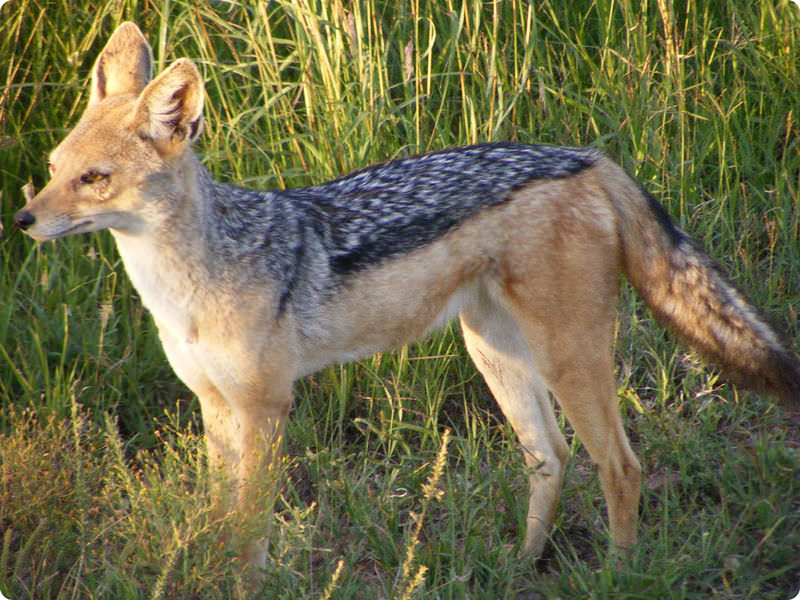 |
[Figure 3] | License: CC BY-NC |
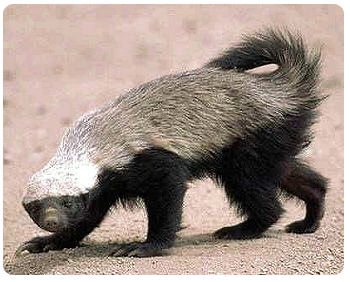 |
[Figure 4] | License: CC BY-NC |
 |
[Figure 5] | Credit: 3D rendered mouth: Image copyright Zoltan Pataki, 2014; Composite created by CK-12 Foundation Source: http://www.shutterstock.com License: 3D rendered mouth: Used under license of Shutterstock.com |
 |
[Figure 6] | Credit: Image copyright Sebastian Kaulitzki, 2014 Source: http://www.shutterstock.com License: Used under license from Shutterstock.com |
 |
[Figure 7] | Credit: User:Bourrichon/Wikimedia Commons Source: commons.wikimedia.org/wiki/File:Brains-fr.svg License: Public Domain |

